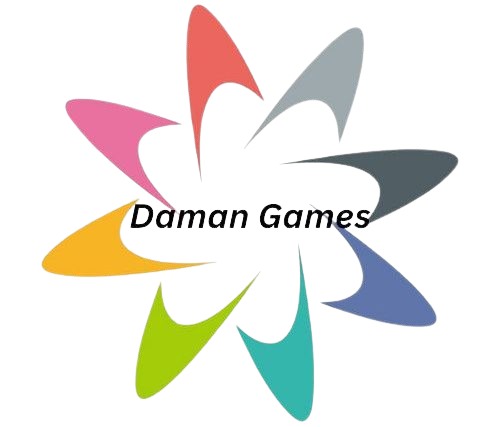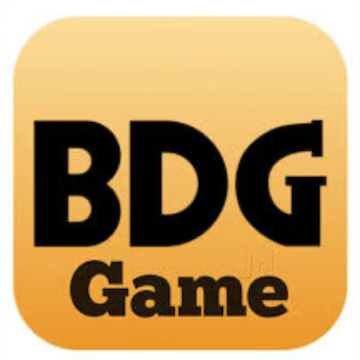Plot Isn’t the Same as Story, and Other Thoughts
Written by Jetmal Singh » Updated on: June 17th, 2025 » 100 views
If you’ve ever sat through a perfectly structured film and walked away feeling Ampland … nothing, then you already know—deep down—that plot isn’t the same as story.
And yet, the two are constantly confused, especially by new writers. The confusion is understandable. Plot sounds like it should mean story. After all, it’s what happens, right?
Well—kind of. But not really.
Let’s unpack this.
Plot vs. Story: A Simple Distinction
Plot is the sequence of events. The architecture. The mechanics of cause and effect: This happens, which causes that to happen, which leads to the next thing.
Story, on the other hand, is what it all means. It’s the emotional journey. The internal transformation. The part we remember long after the final scene fades out.
Plot is the skeleton. Story is the soul.
Think about The Lord of the Rings. The plot is: Frodo inherits a ring, learns it’s dangerous, sets off to destroy it, and is hunted along the way.
The story is about friendship, burden, sacrifice, and the corrupting nature of power.
One is what happens. The other is why we care.
Why the Confusion Matters
When writers mistake plot for story, something subtle—but devastating—happens: they start arranging events like dominos and expect meaning to emerge automatically.
It doesn’t.
You can write a flawless three-act structure, hit every beat like a metronome, and still bore your audience if you don’t give them a reason to care.
Characters can go through incredible experiences without changing. Twists can land with a thud. Climaxes can feel hollow.
Because story isn’t about what’s happening. It’s about what’s changing.
Your Plot Serves Your Story (Not the Other Way Around)
Here’s where it gets tricky: plot and story aren’t enemies. They’re partners. You need both. But plot should be in service of story—not the other way around.
For example:
A character’s lie (what they believe about the world) should shape the plot’s conflicts.
A story’s central theme should influence the obstacles, stakes, and resolution.
The climax should resolve not just the external conflict—but the internal journey.
If the plot moves but the character doesn’t, you’re not telling a story—you’re delivering a report.
Other Thoughts: What We Really Mean When We Say “Good Story”
When people say a movie or book had a “great story,” they usually don’t mean the plot was airtight. They mean they felt something. They connected. They cared.
That might come from:
A character who reminds them of themselves
A moral dilemma that’s hard to shake
A moment of quiet vulnerability, not a chase scene
Sometimes the “best story” is the one that lingers, not the one that surprises.
A Few Quick Examples:
Plot-heavy, story-light: A lot of action blockbusters. The world ends if X doesn’t happen, so the hero runs, fights, solves it. We’re entertained, but forget it in a week.
Story-driven, even with minimal plot: Lost in Translation. Not much “happens,” but it’s deeply moving. Why? Because the characters change. And we change with them.
Both working in harmony: Everything Everywhere All At Once. The plot is chaotic and wild—but it’s driven by emotion, identity, relationships, and meaning.
In Summary: Stop Chasing Events, Start Chasing Emotion
If you're a writer, filmmaker, or storyteller of any kind, here’s the takeaway:
Don’t ask: “What happens next?”
Ask:
“How does this change the character?”
“What’s the emotional consequence?”
“Why does it matter?”
Because your audience doesn’t fall in love with what your characters do.
They fall in love with who they become.
Note: IndiBlogHub features both user-submitted and editorial content. We do not verify third-party contributions. Read our Disclaimer and Privacy Policyfor details.
Copyright © 2019-2025 IndiBlogHub.com. All rights reserved. Hosted on DigitalOcean for fast, reliable performance.










